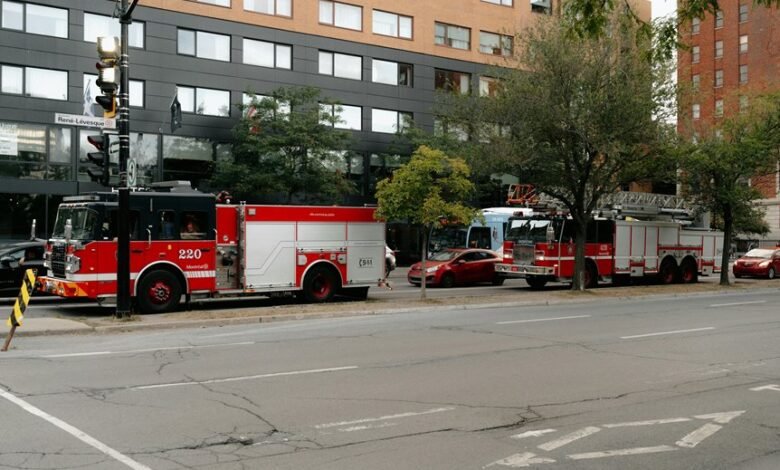Suspicious Hotline Protection & Caller Safety Bureau 3519009950 3319113217 3509789669 3311536385 3509512663 3277428385

The Suspicious Hotline Protection & Caller Safety Bureau offers several hotlines, including 3519009950 and 3319113217, aimed at enhancing public safety. These resources encourage individuals to report suspicious activities, fostering community vigilance. However, one must consider how effectively these hotlines are utilized. What criteria should callers follow when identifying potential threats? Understanding this could significantly impact community safety and awareness.
Overview of the Suspicious Hotline Protection & Caller Safety Bureau
The Suspicious Hotline Protection & Caller Safety Bureau serves as a critical mechanism for enhancing public safety and fostering trust in reporting suspicious activities.
How to Use the Hotlines Effectively
Understanding how to utilize the hotlines effectively can significantly enhance the impact of the Suspicious Hotline Protection & Caller Safety Bureau.
To maximize hotline functionality, individuals should adhere to established caller protocols, ensuring clear communication of concerns. This approach allows for accurate reporting and swift action, ultimately fostering a safer environment.
Awareness of procedures can empower users to navigate potential threats confidently.
Recognizing Suspicious Calls and Scams
How can individuals discern between legitimate calls and potential scams?
Recognizing a suspicious call often involves analyzing the caller’s mannerisms, tone, and the information requested.
Effective scam identification requires awareness of common tactics, such as unsolicited requests for personal information or urgency in the conversation.
The Importance of Caller Vigilance in Today’s World
In an age where communication is instantaneous and often anonymous, how can individuals maintain vigilance when answering calls?
Caller awareness is crucial for scam prevention, as deceptive tactics proliferate. By remaining skeptical of unsolicited calls, individuals can safeguard their personal information.
Cultivating a habit of questioning the legitimacy of unknown numbers helps empower individuals, fostering a culture of safety and informed decision-making in a digital world.
Conclusion
In a world increasingly shadowed by deception, the Suspicious Hotline Protection & Caller Safety Bureau stands as a beacon of hope. As community members ponder the next call that may disrupt their peace, the question lingers: will they be prepared to act? Each hotline, a lifeline, urges vigilance and collaboration against unseen threats. As the echoes of ringing phones fade, the potential for danger remains palpable, prompting a collective responsibility to safeguard one another in an uncertain landscape.





